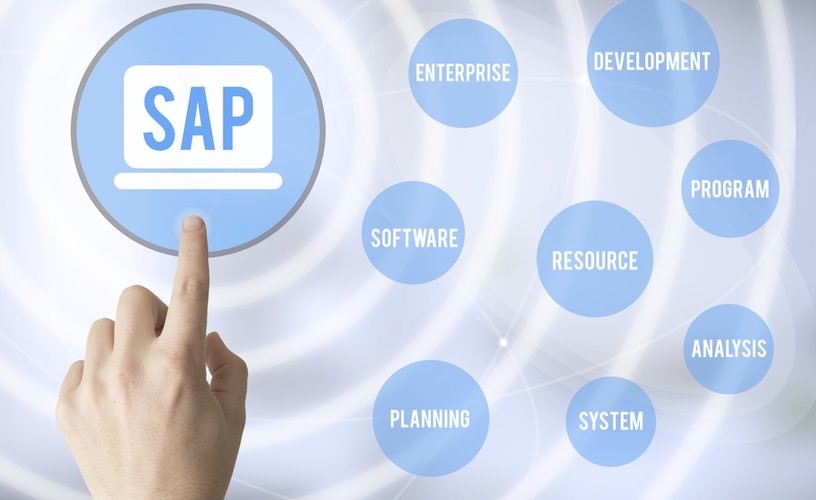Uncategorized
SAP – Change Management
Weather you are starting an implementation or just an upgrade, change management is a critical process to keep in mind. People are not always happy to adopt new technologies, we often are resistant to change for many good reasons. When Microsoft changed their menu systems to the very different Ribbons, the most annoyed users were the super users. They were already so efficient at getting around that the changes, even though more intuitive for new users, caused much frustration. Microsoft introduced may apps to help the transition but still people resisted the changes. Speaking from experience of Maintenance folks, going from a legacy system that they knew well to SAP was not an easy road. Over the years, implementers have learned many lessons but still many concepts are neglected. Even the transition from SAP ERP to HANA has been painful to some companies after GO-Live with user acceptance and adoption.
Key Concept
So, what can we do to improve specifically SAP Implementations? “Begin with the end in mind.” Do not underestimate users’ resistance to change, “show them the money”.
Prior to implementing SAP, companies usually spend at least some time in change management. Often user acceptance is neglected or underestimated in the importance of the roll-out. As an empathetic instructor of SAP, I wish to convey to project leaders, maintenance managers and consultants what insights my experience has brought to my attention. We can do better!
- “Begin with the end in mind”
- Why the change? Explain in appropriate language to each audience.
- Show the benefits of the changes.
- Benefits to users, people are generally motivated by “what’s in it for them” Investment of education – better computer skills with courses, resources and coaching
- Explain how 85% world runs SAP so it will look good on their resume
- Value of a constant learning attitude, constant improvement
- Their job may be easier and more relevant and connected
- Users with aptitude should be encouraged to contribute to training documents, tips sheets, help desk docs and what ever other resources you can make available.
- Assign ownership, encourage the use of templates, videos, etc.…
- One source of truth – Where you store and manager resources. For example, SharePoint, tracking usage, easy delivery and change management.
- LMS? Who has what skills, who needs what skills, role based, tracking achievements
- SAP Reporting on usage of users. Post education analysis of resource utilization, transactional data entries – quantity and quality.
- Analysis to improve the bottom line, safety, profit, reliability
- Show the users all the charts and graphs simplifying the data inputs (trends, problems/causes/solutions) so they appreciate what reporting will be possible from their efforts.
- Focus on ease of accessing forms, job aids, operating and maint manuals, job aids, checklists, legal forms that the improvements should deliver.
- Prevent Predictable Failures; Too many required fields, not explained requirements, options not explained or relevant to scenarios – unexpected scenarios not addressed.
- Reduce Complexity globally; Up front effort has a huge payback. Super users should own global and site defaults for search screens (Variants), otherwise too many search fields on search screens add to difficulty in usage. Super users can improve default variants and layouts as an ongoing process (continuous improvement).
- Process steps in variants; each variant should be numbered as to Business Process step and made generic enough for users. Define process, encourage and share.
- Teams establish should have efficient meetings with key stake holders prepared with answers, positive constant improvement attitude, not silos. Maintenance, Supply Chain, Accounting…
- Create easy to use documents for help and procedures; issue type (problem or symptom, cause and solution). Checklist steps, links to other resources and guidance.
- Establish Super users, owners of defaults, give them train the trainer program.
- Sustainment
- process for New EQ data collection and storage for Purchase Requisition to PO to Master Data Focal to Planner to Tech. (Asset, critical spares, spares, consumables) also end of life/obsolete planning.
- process for New Employee – checklist, apps needed, role based account / menu / training / coaching
Some Images from SAP ERP that can be set globally for all users to benefit!
- Does your ih01 screen display Equipment and Material Information as defaulted in SPRO?
(legacy number, Permit, PLG, WC, Cost Center or WBS, Status, Object Type, Warranty);

- Are all your Global Default Variants protected, set to “fit to screen” and owned by a super user? Is your ih01 set with a dynamic current date or are new users not seeing updates? (example Global Variant SAP_tcode_iw28, no scroll bar!)

- Are your Order, Task List and BOM Edit columns all matched and set properly to allow easy data entry as well as paste from data sources? (PS: Add all required columns so no pop-ups)

Tune-ups and config options are available as courses.
SAP Planner MasterClass on sale now ! ☛NEW! SAP PM Planner Master Class
Skilled SAP user BOM Course; SAP BOMs Course Landing Page
some as example videos here; 📽️ SAP Video Channel; https://bit.ly/GO_Learn_SAP
📆 📞 Book a call with Greg; https://bit.ly/GO_Book_Call 📞
📽️ SAP Video Channel; https://bit.ly/GO_Learn_SAP
☛ SAP School Landing Page; https://bit.ly/GO_LearnSAP
BIO Video; 📽️ https://ca5a.com/meet-greg/




